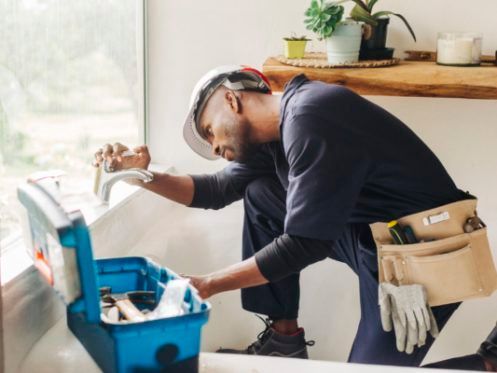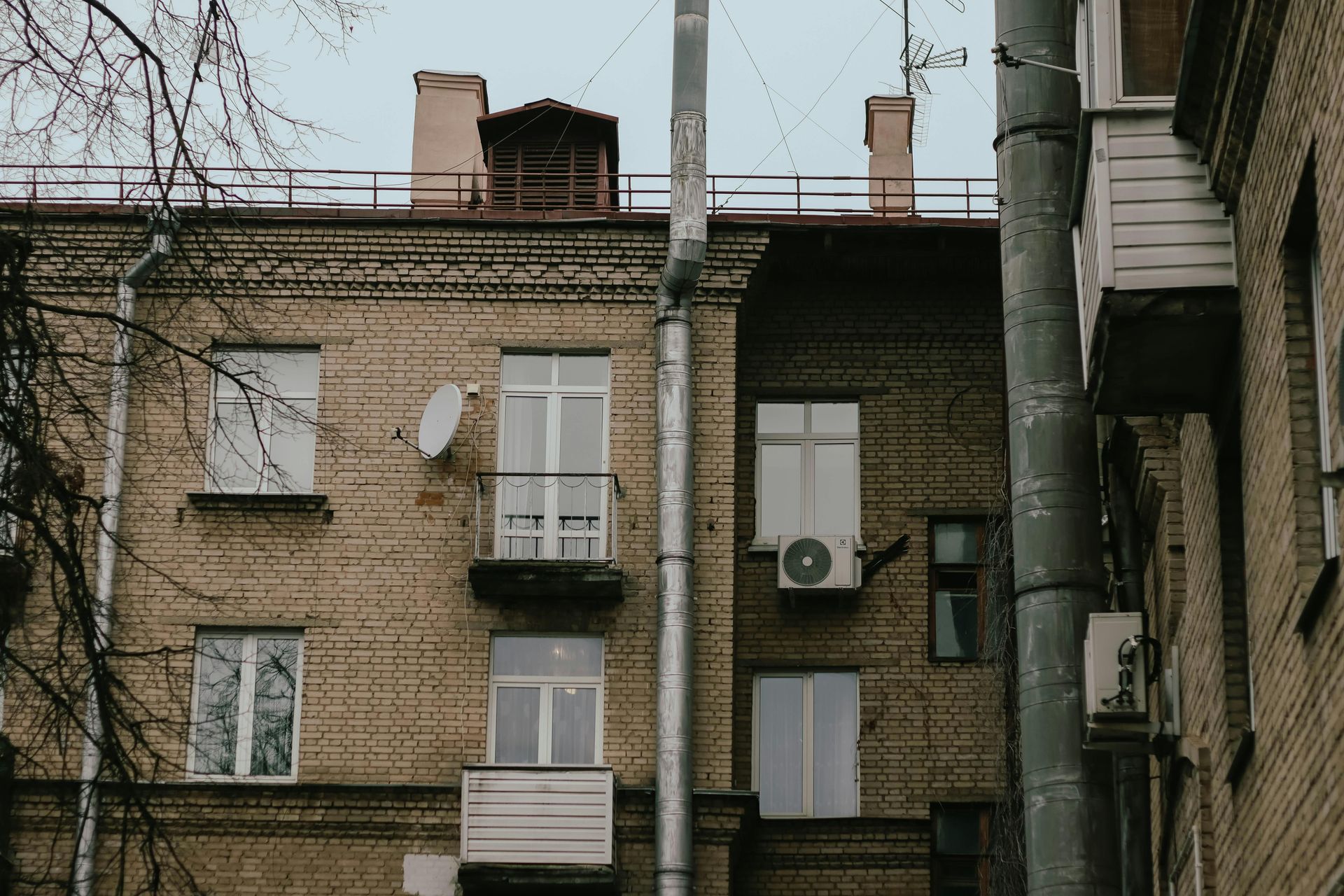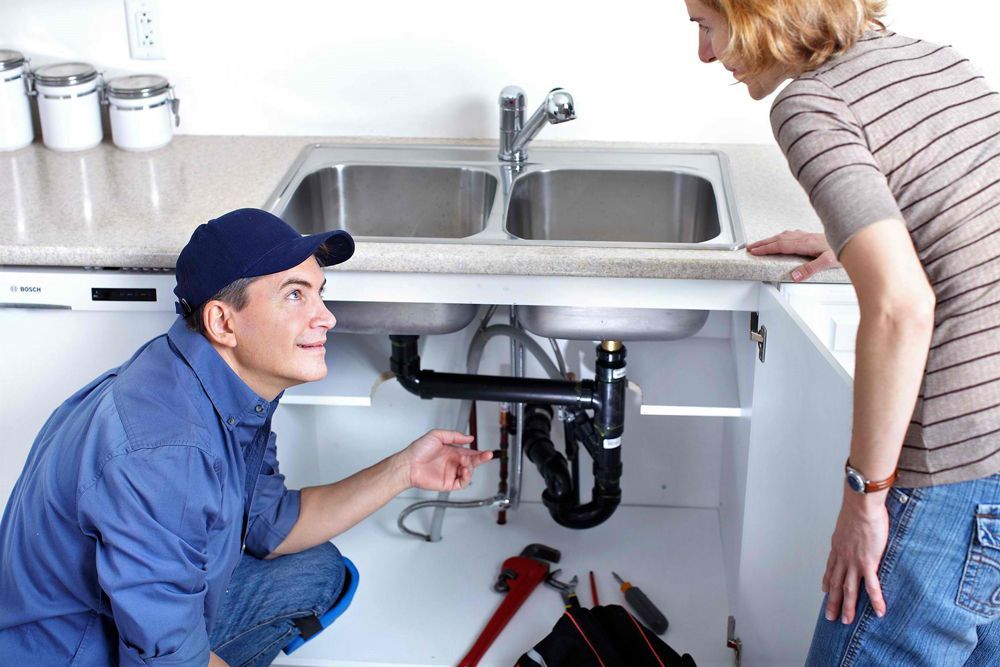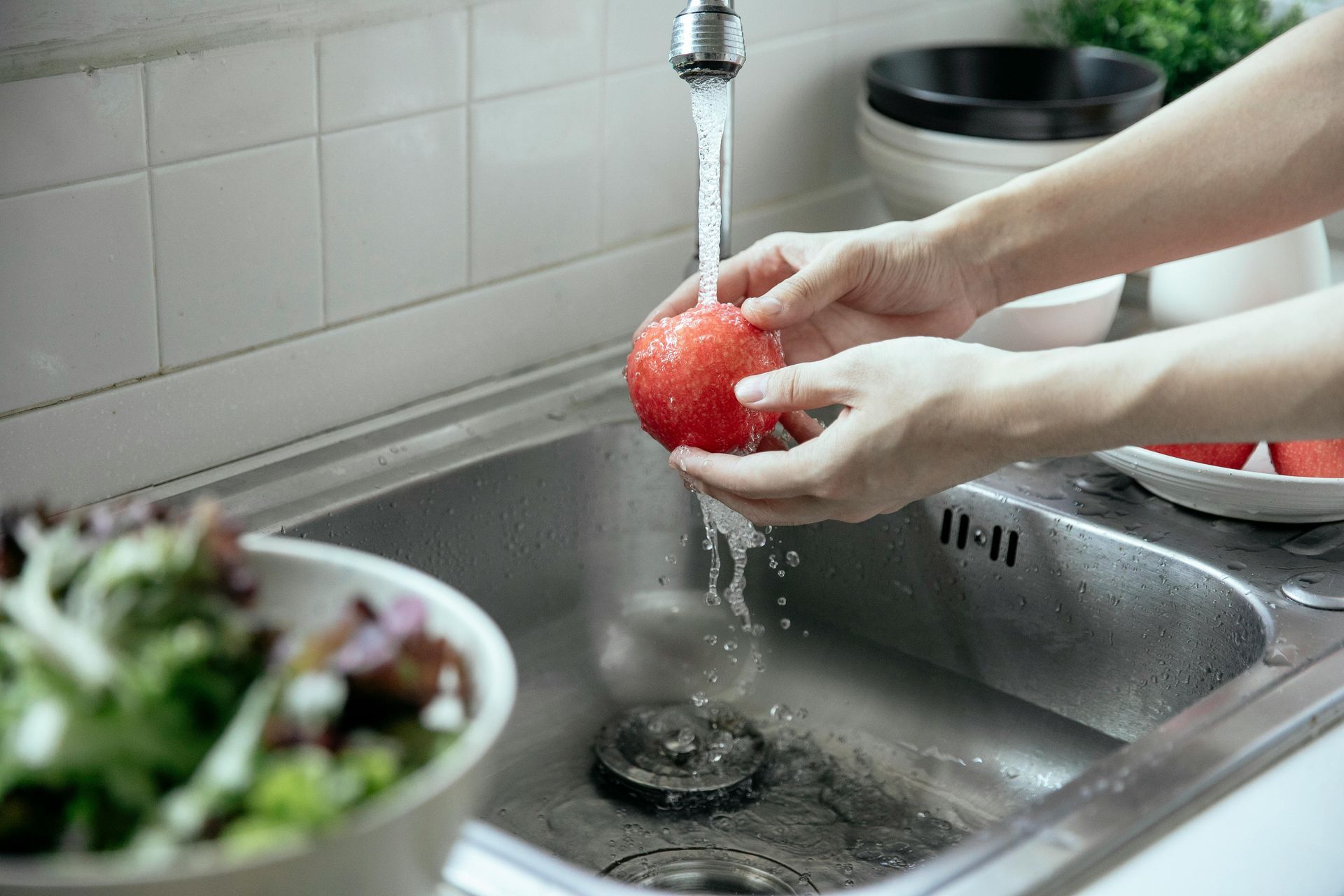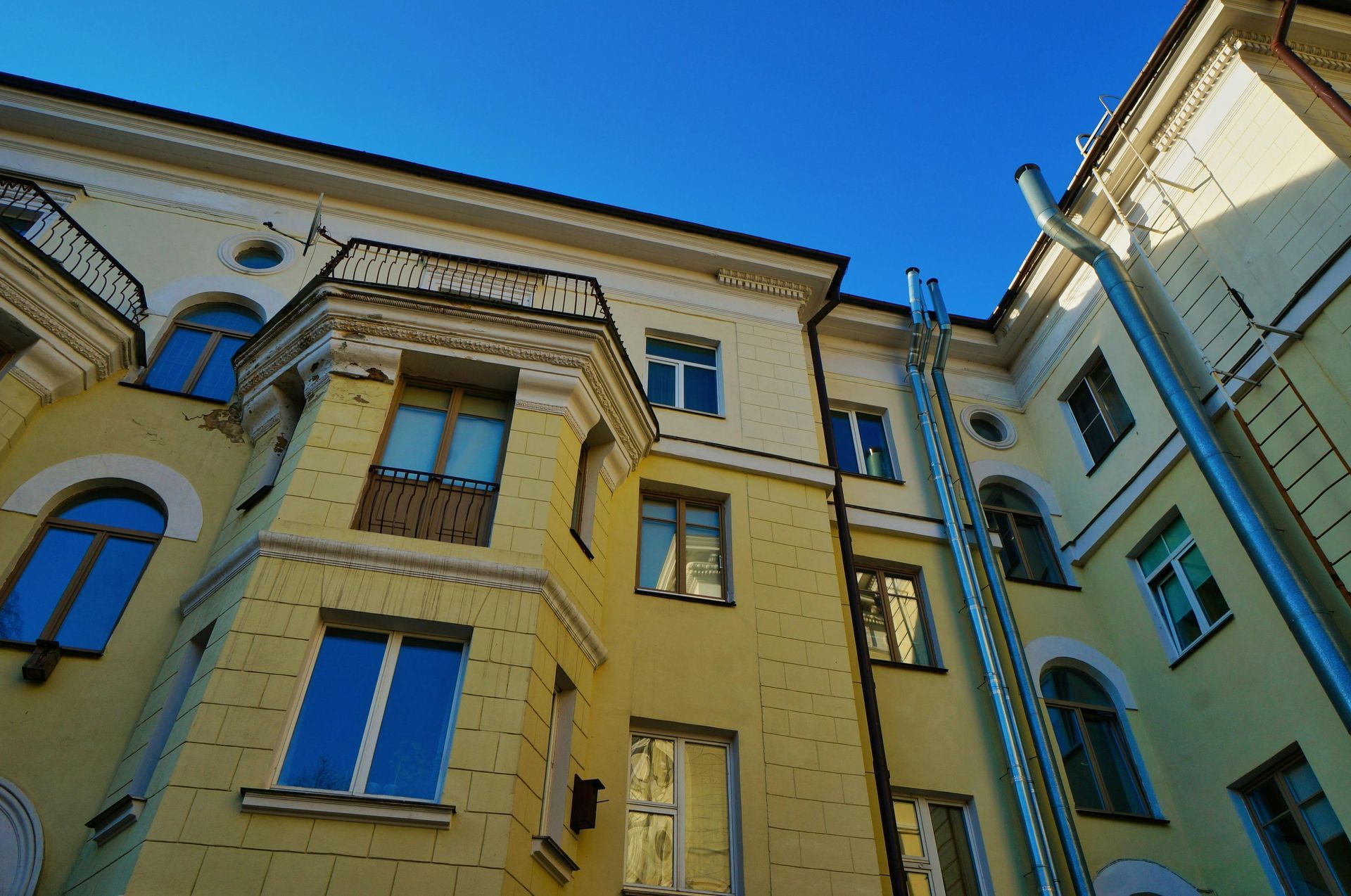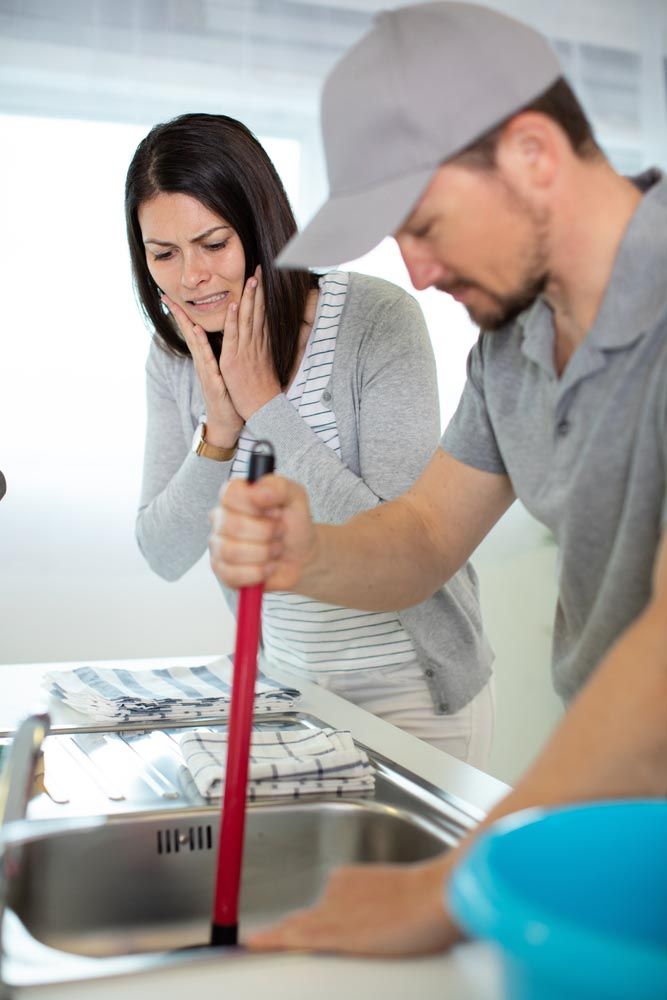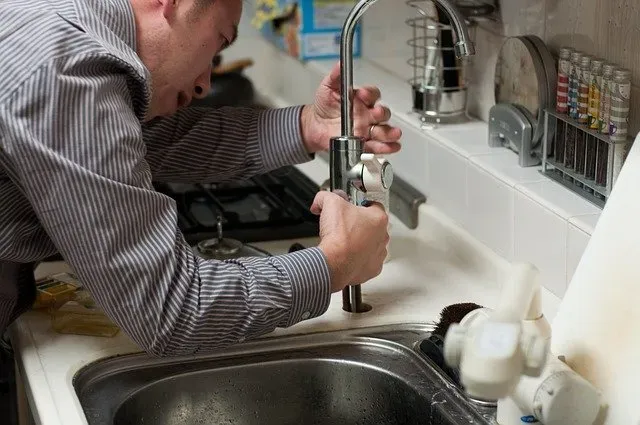How To Winterproof Your Plumbing System?
Winter can be unforgiving on home plumbing systems, with freezing temperatures posing a significant threat to pipes, fixtures, and outdoor irrigation. Properly winterproofing your plumbing system is essential to prevent costly damage, ensure uninterrupted water supply, and maintain the overall health of your property. By following a comprehensive approach that includes insulation, draining, regular maintenance, and professional inspections, you can safeguard your plumbing against the harshest winter conditions. This guide details the most effective strategies for winterproofing your plumbing, incorporating expert advice on how to maintain your lawn sprinkler system, the importance of drain cleaning, and the value of working with trusted professionals like All City Plumbers.
The Importance of Winterproofing Your Plumbing
When water freezes inside pipes, it expands, increasing the risk of cracks and bursts that can lead to flooding and water damage. Even a small split in a pipe can release hundreds of gallons of water in a single day. Winterproofing your plumbing system is not just about preventing inconvenience; it’s about protecting your home’s structure, avoiding expensive repairs, and ensuring your family’s comfort throughout the coldest months. Proactive preparation is always more cost-effective than emergency repairs.
Insulating Pipes and Vulnerable Areas
The first line of defense against frozen pipes is insulation. Focus on pipes located in unheated spaces such as basements, crawl spaces, attics, and along exterior walls. Use foam pipe insulation sleeves or wrap pipes with insulating tape to minimize heat loss and keep water flowing even when temperatures plummet. For added protection, consider installing UL-listed heat tape on metal pipes, especially those running along exterior walls.
Don’t overlook less obvious areas such as under kitchen and bathroom sinks. Opening cabinet doors during extreme cold allows warm air to circulate around pipes, reducing the risk of freezing. Keeping your home’s thermostat set to at least 55°F, even when you’re away, is another crucial step to maintain a safe environment for your plumbing.
Draining and Shutting Off Exterior Plumbing
Outdoor plumbing is particularly vulnerable to freezing. Begin by disconnecting and draining garden hoses, then shut off water to exterior spigots using the interior shutoff valve. Open the outside spigots to allow any remaining water to drain out, preventing trapped water from freezing and expanding inside the pipe. For added security, install insulated covers over outdoor faucets.
If your property has a lawn irrigation system, it’s vital to maintain your lawn sprinkler system by winterizing it before the first freeze. This typically involves shutting off the water supply to the system and using compressed air to blow out any remaining water from the lines. Neglecting this step can result in cracked pipes and damaged sprinkler heads, leading to costly repairs in the spring.
Interior Plumbing Precautions
Inside the home, keep water moving through pipes by letting faucets drip slowly during extreme cold, especially those located on exterior walls or in unheated rooms. This simple action relieves pressure and helps prevent freezing. Regularly check all sinks, showers, and toilets to ensure they are draining properly. If you notice slow drainage, address it immediately with drain cleaning methods such as using baking soda and vinegar or a drain snake. Clogged drains can exacerbate winter plumbing issues and increase the risk of pipe bursts.
Maintaining Gutters and Downspouts
Clogged gutters can lead to ice dams, which allow water to back up and seep into your home’s walls, ceilings, and foundation. Clean gutters and downspouts thoroughly before winter to ensure proper drainage and reduce the risk of water damage. Regular maintenance also helps prevent blockages that could impact your plumbing system’s overall performance.
Professional Inspections and Emergency Preparedness
While many winterproofing tasks can be handled by homeowners, scheduling a professional plumbing inspection before winter sets in is highly recommended. Experienced plumbers, such as those at All City Plumbers, can identify potential vulnerabilities, check for leaks, and recommend upgrades or repairs to strengthen your system. They can also provide guidance on advanced winterproofing solutions tailored to your home’s specific needs.
Know the location of your main water shutoff valve and ensure it operates smoothly. In the event of a burst pipe, shutting off the main water supply quickly can minimize damage until repairs are made.
Special Considerations for Sprinkler and Fire Protection Systems
If you have a wet sprinkler system, keep pipes and valves above 32°F and consider adding antifreeze solutions where appropriate. For dry sprinkler systems, regularly drain moisture and condensation that may accumulate in the pipes. Ensuring your fire protection systems are winter-ready is critical for both safety and property protection.
Conclusion
Winterproofing your plumbing system is a multi-step process that requires attention to both indoor and outdoor fixtures, regular maintenance, and sometimes professional expertise. Insulating pipes, draining exterior lines, maintaining your lawn sprinkler system, and performing thorough drain cleaning are all essential components of a successful winter preparation plan. Partnering with trusted professionals like All City Plumbers ensures your system is inspected, maintained, and ready to withstand even the harshest winter conditions.
By taking these proactive measures, you protect your home from the risks of frozen or burst pipes, avoid costly repairs, and maintain a safe, comfortable living environment all season long.

